Power Up with a 200Ah Lithium-Ion Solar Battery: Your Guide to Efficient Charging and Discharging
A 200Ah lithium-ion solar battery is a powerhouse for off-grid living, RVs, and backup energy. In this guide, we break down what you need to know about charging and discharging capacities, from optimal current settings to temperature ranges. We’ll cover the ins and outs of Constant Current/Constant Voltage charging, depth of discharge, and why LiFePO4 is the way to go for safety and longevity. Get ready to make the most of your solar battery and enjoy reliable power wherever you roam.
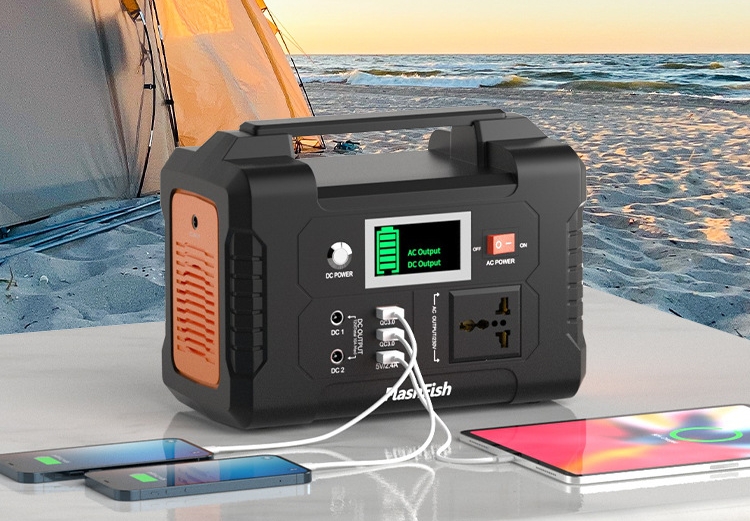
The 200Ah Lithium-Ion Solar Battery: The Real Deal for Off-Grid Power
If you’re diving into solar storage, a 200Ah lithium-ion solar battery could be your best friend. These batteries bring serious capacity, long cycle life, and stability to the table. But to get the most out of them, understanding the charging and discharging basics is essential. Here’s the scoop on how to use your battery wisely and extend its life.
Charging Like a Pro: CC/CV Method and Recommended Settings
Most 200Ah lithium batteries rely on the Constant Current/Constant Voltage (CC/CV) method. What does this mean? When charging, the current stays constant until the battery reaches a set voltage (typically around 14.4V ± 0.2V for a 12V battery). At this point, the voltage holds steady, and the current gradually tapers off. This charging technique keeps things efficient and avoids over-stressing the battery cells.
Recommended Charging Current: Find the Sweet Spot
For a 200Ah battery, a common recommendation is to use around 0.2C, which translates to about 40A. If you’re in a rush, many batteries can handle up to 100A, but this can add wear and tear if used too often. Stick to the recommended charge current whenever possible—it’s like a “cruise control” setting for battery longevity.
Charging Temperature: Not Too Hot, Not Too Cold
Lithium batteries are temperature-sensitive when charging. Keep it within 32°F to 131°F (0°C to 55°C) to avoid stressing the battery. In colder climates, charging in freezing temperatures can actually damage the cells, so make sure your setup is well-regulated.
Discharging Power: Meeting the Demand Without Overdoing It
Continuous vs. Peak Discharge Current
A 200Ah battery can generally handle a continuous discharge of 100A—great for powering various devices and appliances without breaking a sweat. But if you need a quick boost, some batteries can provide a short burst of power up to 110A for about 10 seconds. This feature can be helpful for those sudden power demands, like starting up larger equipment.
Depth of Discharge (DoD): How Low Should You Go?
Unlike lead-acid batteries, lithium-ion batteries don’t mind going deep. Most can handle a depth of discharge up to 80%, so you can safely use around 160Ah without harming the battery. This deep discharge flexibility means more usable power, which is a huge plus in solar setups.
Discharging Temperature: Ready for Anything
Lithium batteries are designed to operate across a broad temperature range when discharging—typically -4°F to 140°F (-20°C to 60°C). So whether you’re camping in the mountains or staying cool by the beach, your battery is ready to deliver.
Why LiFePO4? The Battery Chemistry That Does It All
Looking at lithium-ion options, LiFePO4 (Lithium Iron Phosphate) is the standout choice for solar batteries. It’s known for thermal stability, safety, and a longer cycle life than other lithium chemistries. Plus, LiFePO4 batteries don’t require frequent maintenance and have a reduced risk of thermal runaway (a fancy way of saying “catching fire”). So, for long-lasting and safe energy storage, LiFePO4 is a winner.
Key Features to Look For in a 200Ah Lithium-Ion Battery
Here’s a quick checklist for selecting the best 200Ah battery:
- High Cycle Life: Look for batteries with 4,000+ cycles at partial discharge. Some models offer up to 15,000 cycles, delivering incredible long-term value.
- Built-in BMS: An advanced Battery Management System (BMS) will keep your battery safe from overcharging, over-discharging, and short circuits. Don’t leave home without one!
- Weight and Size: Since you’re likely dealing with a 200Ah battery in a mobile or off-grid setup, opt for a lightweight, compact design for easy installation and handling.
Wrapping It Up: Power Up for the Long Haul
A 200Ah lithium-ion solar battery, especially LiFePO4, offers a solid, reliable power source for RVs, solar systems, and off-grid setups. By managing the charging and discharging process—sticking to recommended currents, respecting temperature limits, and choosing a quality battery with a smart BMS—you’ll get efficient performance and years of dependable energy.



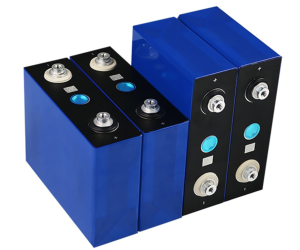
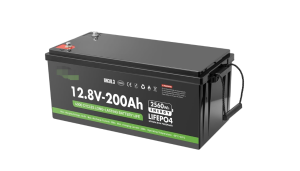
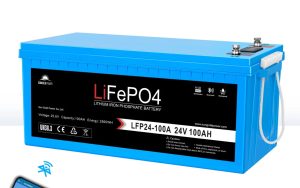
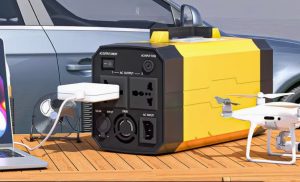
Add comment